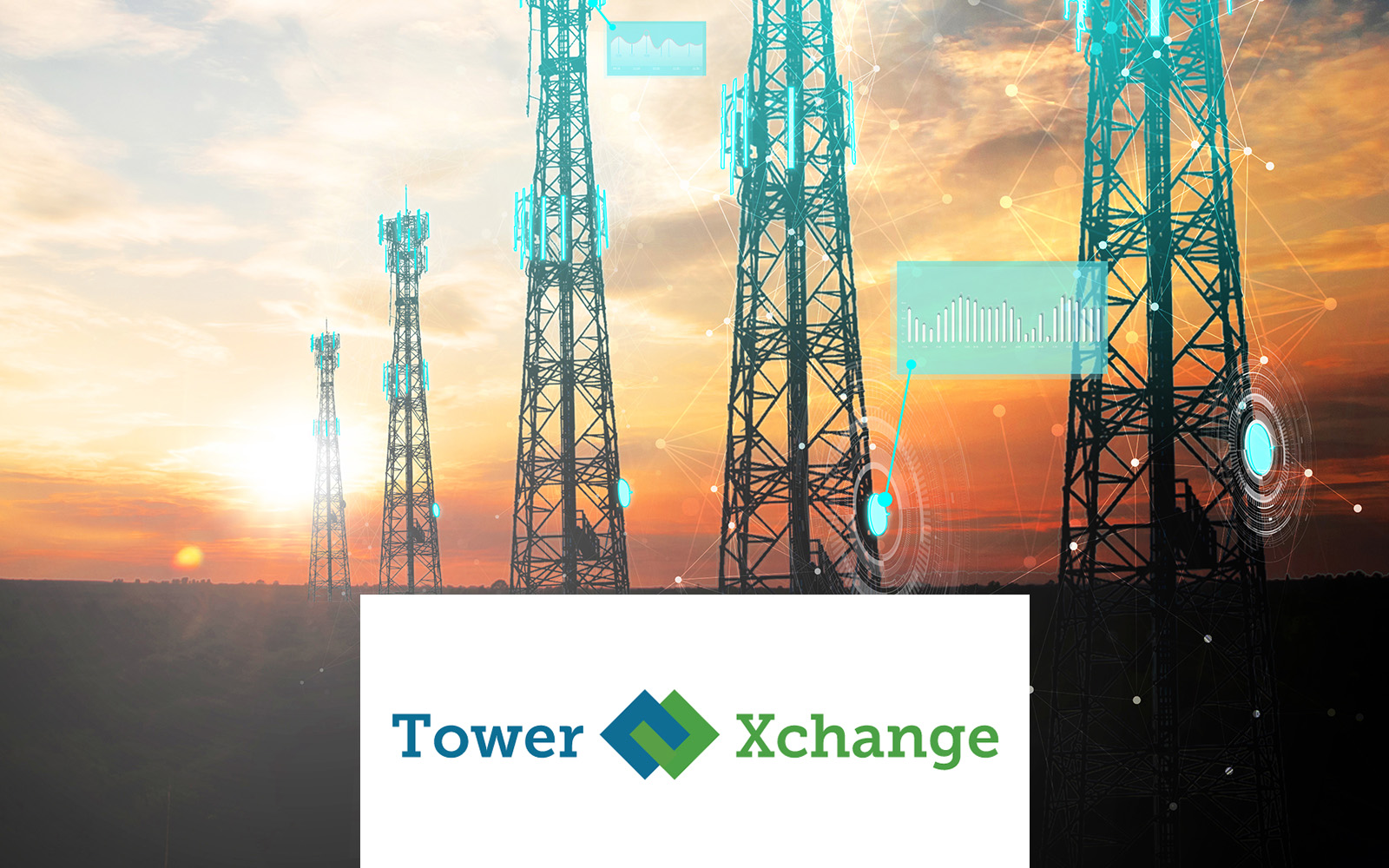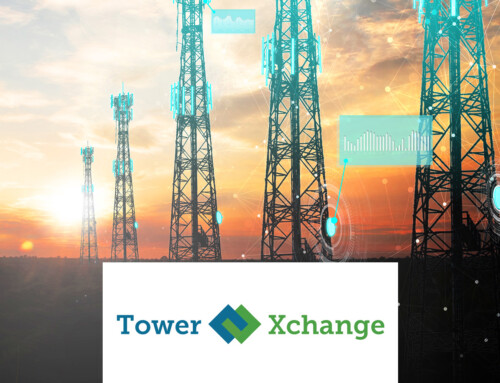Published on TowerXchange – Guest blog post by Apurba Tribedi, Senior Director, Tower Products, Bentley Systems, Inc. on November 21, 2023
We are now witnessing the tectonic shift of technology’s influence on business. As organizations are trying to remain competitive and increase their profitability, they are now reframing their goals and strategies, even if the mission remains the same. As Microsoft co-founder Bill Gates says, “The development of artificial intelligence (AI) is the most important technological advance in decades. The development of AI is as fundamental as the creation of the microprocessor, the personal computer, the Internet, and the mobile phone.” So, like computers and the internet, businesses must adopt and take advantage of artificial intelligence (AI).
However, like any emerging trend, AI has become a buzzword, liberally applied to various software development projects. AI’s application can be broad and, in the future, will impact every facet of our lives, but it is still important to clearly identify the strengths as well as limitations of a technology before adopting it.
Technology for Infrastructure Professionals
Infrastructure professionals have witnessed shifts in the use of technology from paper-based drawings to 2D CAD and then to 3D CAD models. Building Information Modeling (BIM) was introduced as a process to effectively bridge communications and data flow among engineering and construction processes. For the last decade, Digital Twin has been a consistent theme in organizations’ digital strategy, as well as industry conferences, like TowerXchange Meetup. However, in my experience, effective implementation of Digital Twin remains a challenge.
Disconnected Tower Infrastructure Data
The maintenance of telecom tower infrastructure has always been challenging. Traditionally, various parts of the telecom infrastructure, like towers, shelters, and grounds are maintained by different stakeholders, and/or organizations. Although there were efforts to standardize the processes, those efforts were in silos and at best disconnected.
For example, tower climbers inspect towers to meet regulatory requirements, and reports are saved as files. Those files are then referenced for subsequent processes, like maintenance planning, structural analysis, etc., and the final reports are again saved as files. Even when the legacy documents are referenced, they are not corrected and updated. After a few iterations, these files and the associated data become disconnected and often unreliable.
The Digital Twin Uncertainty
Both Digital Twin (DT) and BIM can play a significant role in connecting these discrete data sources resulting in one source of truth for all stakeholders to take advantage of. Unfortunately, the core ideas of these technological evolutions were often misunderstood by organizations, resulting in resistance to meaningful adoption.
The classic case is Digital Twin, which is often mischaracterized as drone-based inspections. Drone-based inspection is definitely a part of Digital Twin, but it is a small part of the entire process. It is simply a means to acquire meaningful data. Drone imagery, when carefully collected, is used to construct 3D as-built models (point clouds and meshed models). However, these models end up producing just another set of (disconnected) datasets. Given the volume of towers and without the backup of proven ROI, decision-makers perceive it as an additional and risky investment.
Most organizations partly agree on the benefits Digital Twin technology can bring. However, like any other technological evolution, executives are looking for obvious business cases. Because of the impasse we are in, talking more about Digital Twin may not help, rather let us empower the current perceived digital twin models to show obvious business values. The obvious answer is to build automation to extract data from these models and then reconcile extracted data to build a tower’s one source of truth.
Computer Vision for Tower Digital Twins
Artificial Intelligence is here to stay and poised to be a huge part of our lives. Thanks to recent innovations, ChatGPT has now become a household name. However, these Large Language Models (LLMs) are generic and not specifically trained for the infrastructure industry. Instead, it is important to create new machine-learning models with telecom tower-specific datasets and use cases that can have sweeping impacts. One such field of AI, known as Computer Vision, is of high relevance for the infrastructure industry.
As the name suggests, it can be imagined as a set of trained eyes made to detect, segregate, and classify objects on telecom towers. An as-built model is either a giant mesh (3D meshed model) or a collection of points (point cloud). Using computer vision, we can start deconstructing a model by recognizing objects and then isolating (slicing) those as separate sub-models (components). Then through patterns, start assembling different components to reconstruct a newly recognized model.
The newly re-constructed model is completely data-driven and hence can produce required reports in any shape and format. These data can then be reconciled with existing datasets to create, aid, and maintain a tower’s one source of truth.

Bentley System’s OpenTower iQ – Image on the right shows how computer vision can detect and classify objects in 3D and the image on the left shows a computer vision-generated equivalent site plan drawing.
Generate High-Fidelity Data with Empowered Digital Twin
Having good data and generating analytics is of paramount importance for businesses. However, even though data can be available for a tower site, it is mostly file-based unstructured data. More importantly, some can be inaccurate or incorrect. Digital Twin can come to the rescue to replace discrete and disconnected datasets.
- First, it is important to capture high-quality drone images. Drone pilots can leverage known flying patterns along with flight path generation apps to capture drone images efficiently.
- Use off-the-shelf photogrammetry software to generate as-built models.
- Automatically extract data from as-built- models.
- Automatically compare and contrast extracted data with available legacy data.
- True-up datasets to re-construct a new model. Your best possible digital model.

Automated detection of tower assets is shown above using Bentley System’s OpenTower iQ. Utilizing advanced AI algorithms, OpenTower iQ can automate detection of the tower structure, bracing, mount, and equipment including panel antennas, microwave, and remote radio units (RRUs), etc.
Business Benefits
Computer vision is the missing link in the gap between technology and tangible business benefits. So far, due to the lack of automation, digitized tower models are not consistent in quality. Hence, business benefits are unpredictable at best. Artificial intelligence can automate most of the processes with consistent and predictable outcomes. It doesn’t display perceivable bias and is not prone to human errors. Not to mention, AI-automated tasks can reduce overhead and make delivery faster.
Once a digitized process is established, all stakeholders, including outside organizations, will be able to take advantage of the centralized data and work collaboratively to improve operational efficiencies. Changes to a tower, including new installations and modifications, will be added as changed layers to preserve the history of a tower’s lifecycle.
Conclusion
Many tools have already been developed to drive automation and early studies show significant promise. The innumerable benefits of empowered digital twin technology must be further studied to prove ROI for organizations. Working groups consisting of different stakeholders, including Tower owners, mobile networks operators (MNOs), and service providers can prove the benefits and drive early adoptions of AI-empowered digital twin technology to develop, operate, and advance tower infrastructure.



